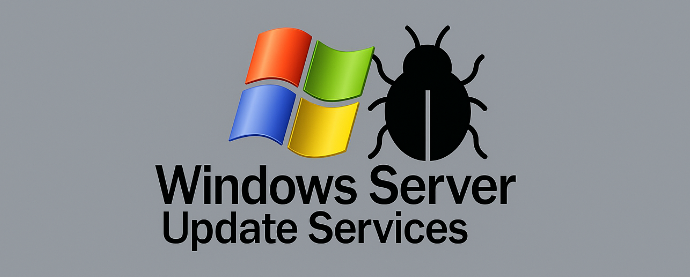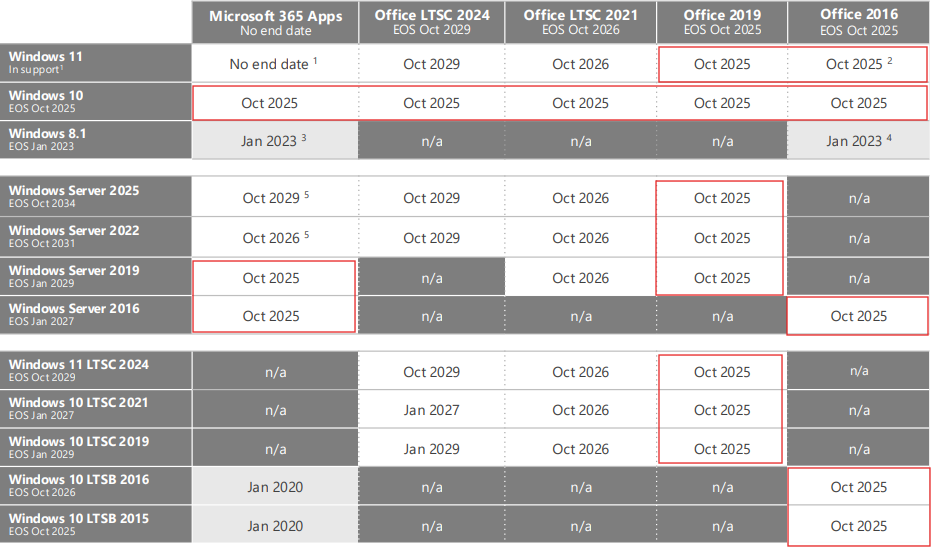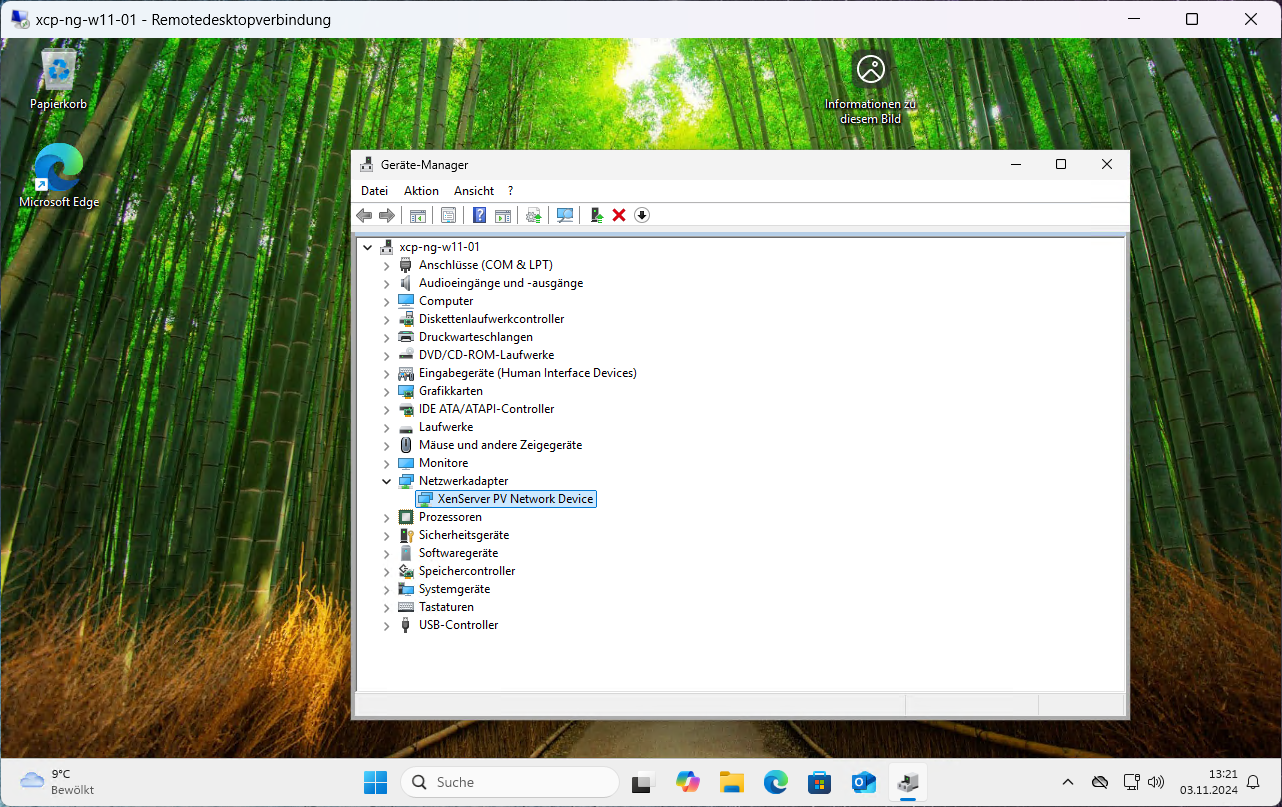Archive for the ‘Windows Server 2019’ Category
Microsoft Windows Server Update Services (WSUS) – Deserialization Exploit in the Wild (CVE‑2025‑59287)
Montag, Oktober 27th, 2025Microsoft Windows Server 2008 (R2) / 2012 (R2) / 2016 / 2019 / 2022 / 2025 plus Windows 10 / 11 – SPNEGO Extended Negotiation (NEGOEX) Security Mechanism Remote Code Execution Vulnerability
Mittwoch, Juli 9th, 2025 Patches und Workaround verfügbar – es besteht das Risiko demnach nur weil die GPO „Netzwerksicherheit: PKU2U Authentifizierungsanfragen an diesen Computer zur Verwendung von Online Identitäten zulassen“ standardmäßig aktiviert ist sie zu deaktivieren dürfte also vor möglichen Angriffen schützen
Patches und Workaround verfügbar – es besteht das Risiko demnach nur weil die GPO „Netzwerksicherheit: PKU2U Authentifizierungsanfragen an diesen Computer zur Verwendung von Online Identitäten zulassen“ standardmäßig aktiviert ist sie zu deaktivieren dürfte also vor möglichen Angriffen schützen
Microsoft Windows Server 2019 2022 2025 – mit den kumulativen Updates vom März 2025 gibt es Probleme in der Zusammenarbeit mit Veeam Backup & Replication und es kann Blue Screen of Dead (BSOD) geben
Mittwoch, April 2nd, 2025Microsoft Windows & Office configuration – Support Matrix Last updated Nov 1, 2024
Dienstag, März 11th, 2025Microsoft Teams 2.0 – can no longer be installed under Citrix on Windows Server 2019 TS
Freitag, Januar 17th, 2025 Teams version 24335.208.3315.1951 fails to install on Windows Server 2019 with DISM error 15606 (0x3CF6) due to a change in the AppxManifest.xml Microsoft is working on a fix
Teams version 24335.208.3315.1951 fails to install on Windows Server 2019 with DISM error 15606 (0x3CF6) due to a change in the AppxManifest.xml Microsoft is working on a fix
Microsoft Windows Server 2019/2022 – Upgrade to Windows Server 2025 offered it is currently unclear whether this is a mistake or a deliberate offer
Donnerstag, November 7th, 2024Microsoft Windows Server – how to deploy an operating system in an organization or company
Sonntag, November 3rd, 2024XCP-ng 8.3 – how to install Guest Tools for Windows 11 and Windows Server
Sonntag, November 3rd, 2024Microsoft Windows Server 2016 2019 2022 – SMB Direct on RDMA NICs
Dienstag, Oktober 15th, 2024Security Vulnerabilities CVE-2024-43582 – Sicherheitsanfälligkeit in Microsoft Windows Remotedesktop Protokoll (RDP) bezüglich Remotecodeausführung
Freitag, Oktober 11th, 2024 Security Vulnerabilities CVE-2024-43582 – anfällig sind nicht nur alle gängigen Versionen der Desktop Betriebssysteme Windows 10 und Windows 11 sondern auch Windows Server 2019 und 2022 aber Patches für die genannten Systeme stehen bereits seit Dienstag bereit und sollten zeitnah installiert werden
Security Vulnerabilities CVE-2024-43582 – anfällig sind nicht nur alle gängigen Versionen der Desktop Betriebssysteme Windows 10 und Windows 11 sondern auch Windows Server 2019 und 2022 aber Patches für die genannten Systeme stehen bereits seit Dienstag bereit und sollten zeitnah installiert werden
Microsoft Windows Server – how to ‚uninstall‘ Windows Security
Mittwoch, Oktober 9th, 2024 Microsoft Windows Server – it is not possible to uninstall Windows Security entirely from Windows Server however you can remove or uninstall Microsoft Defender Antivirus from your server and after removing Microsoft Defender from your server you can then use another third-party security shield without any problem
Microsoft Windows Server – it is not possible to uninstall Windows Security entirely from Windows Server however you can remove or uninstall Microsoft Defender Antivirus from your server and after removing Microsoft Defender from your server you can then use another third-party security shield without any problem
Windows PowerShell
Copyright (C) Microsoft Corporation. Alle Rechte vorbehalten.
Installieren Sie die neueste PowerShell für neue Funktionen und Verbesserungen! https://aka.ms/PSWindows
PS C:\Users\josef> Uninstall-WindowsFeature -Name Windows-Defender
Microsoft Windows Server 2016 2019 2022 – all users get disconnected approximately every 30-60 minutes and the following is logged in the Application log on the Remote Desktop Gateway
Montag, Juli 29th, 2024 After installing KB5040430 we are seeing issues on the Server 2019 Remote Desktop Gateway on RDS
After installing KB5040430 we are seeing issues on the Server 2019 Remote Desktop Gateway on RDS
Faulting application name: svchost.exe_TSGateway, version: 10.0.17763.3346, time stamp: 0xb6a0daab
Faulting module name: aaedge.dll, version: 10.0.17763.6054, time stamp: 0xce1c5805
Exception code: 0xc0000005
Fault offset: 0x000000000005abe2
Faulting process id: 0x1db0
Faulting application start time: 0x01dad38ae65f65ae
Faulting application path: C:\Windows\system32\svchost.exe
Faulting module path: c:\windows\system32\aaedge.dll
Report Id: bbb10a26-fc25-4bba-9ed8-45c2eff5f5ba
Faulting package full name:
Faulting package-relative application ID:
—
The system was operating normally before the Windows Update
This is now listed as a Known Issue in each relevant KB article:
Windows Server 2022 KB5040437
Windows Server 2019 KB5040430
Windows Server 2016 KB5040434
Microsoft Windows Server ‚ldp.exe‘ – is a command line tool that comes with the Lightweight Directory Access Protocol (LDAP) server and it is used to query an LDAP directory over SSL/TLS
Mittwoch, Juli 3rd, 2024ldp.exe -H <ldap_server> -P <port> -Y
Let’s break it down:
* `-H` specifies the hostname or IP address of the LDAP server
* `-P` specifies the port number (default is 389, but you might need to specify a different port if your LDAP server is using a non-standard port)
* `-Y` tells `ldp.exe` to use SSL/TLS encryption
So if you want to test an LDAP connection over SSL/TLS to ‚example.com‘ on port `636` you would run
ldp.exe -H example.com -P 636 -Y
This command will prompt you for a username and password. Enter the credentials of a user with sufficient privileges to perform the query
If everything is set up correctly you should see some LDAP data returned in a human-readable format if not you might get an error message indicating what went wrong (e.g., invalid credentials, server not responding)
Remember to replace `example.com` and `636` with your actual LDAP server’s hostname or IP address and the port number you’re using for SSL/TLS connections
Keep in mind that this is just a basic example you can modify the command to perform more complex queries, such as searching for specific users or groups
Microsoft Windows Server 2019 – die Sicherheitsupdates vom Mai Patchday schlagen auf Windows Server 2019 reihenweise mit der Fehlernummer 0x800f0982 fehl
Freitag, Mai 24th, 2024 Microsoft hat das Sicherheitsupdate KB5039705 für Windows Server 2019 und Windows 10 1809 außer der Reihe veröffentlicht welches das fehlerhafte KB5037765 ersetzt
Microsoft hat das Sicherheitsupdate KB5039705 für Windows Server 2019 und Windows 10 1809 außer der Reihe veröffentlicht welches das fehlerhafte KB5037765 ersetzt
Microsoft Windows Server 2019 – die Sicherheitsupdates vom Mai Patchday schlagen auf Windows Server 2019 reihenweise mit der Fehlernummer 0x800f0982 fehl
Samstag, Mai 18th, 2024 Microsoft Windows Server 2019 – das Problem tritt mit höherer Wahrscheinlichkeit auf Geräten auf die das englische Sprachpaket (English, United States) NICHT installiert haben
Microsoft Windows Server 2019 – das Problem tritt mit höherer Wahrscheinlichkeit auf Geräten auf die das englische Sprachpaket (English, United States) NICHT installiert haben


